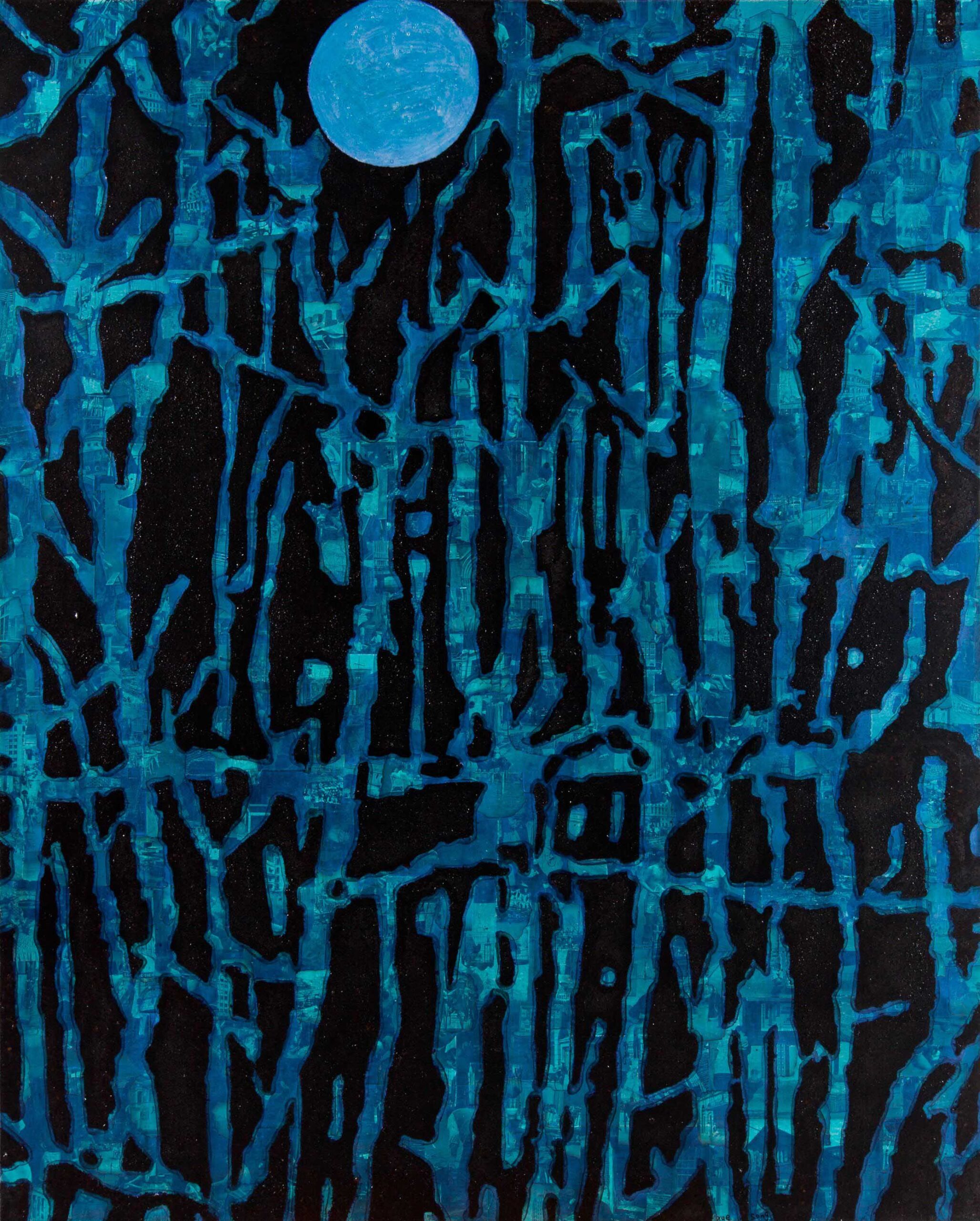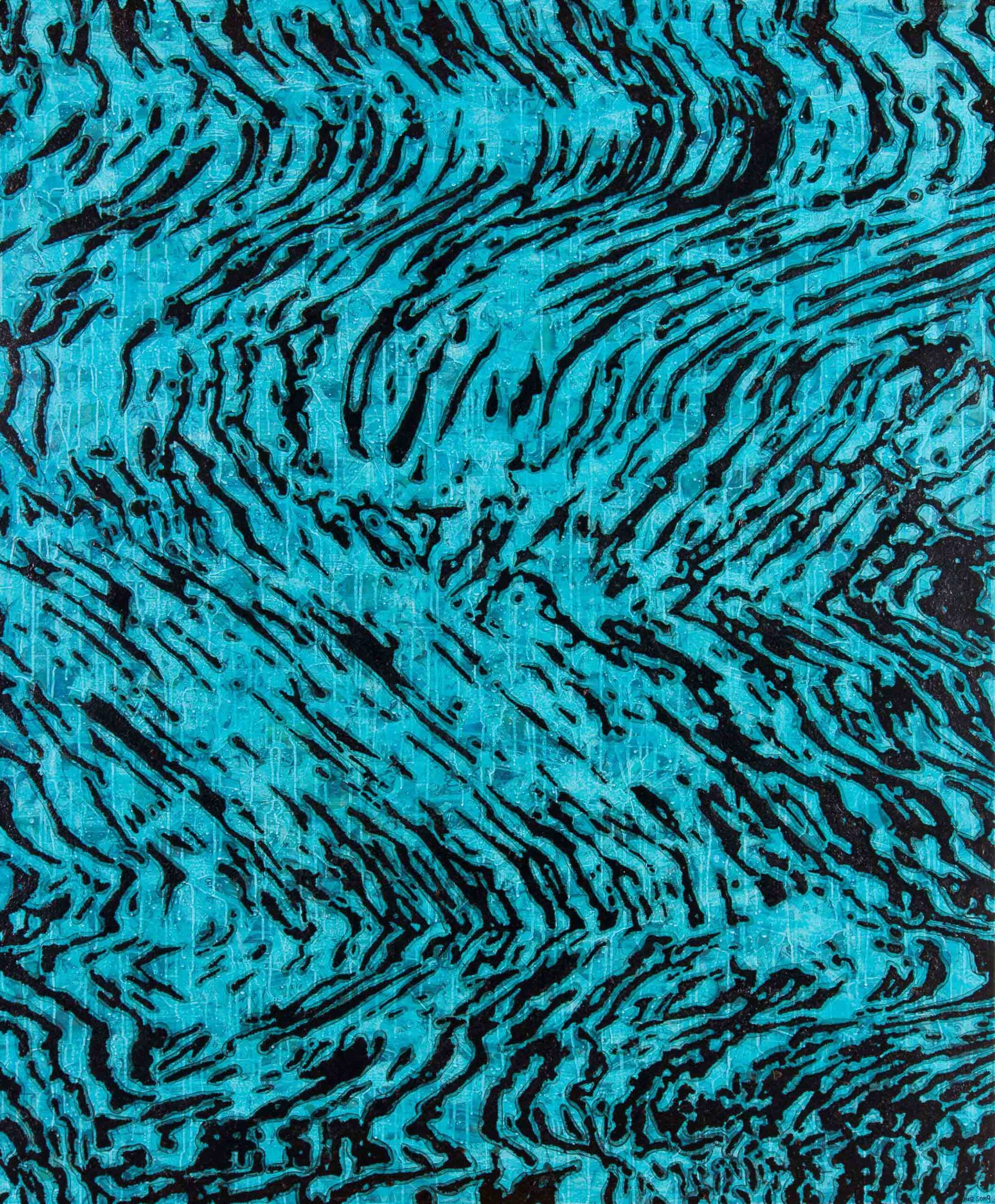Song XUE
Xue Song's initial artistic experiments began in the 1980s, a time when China was rapidly transforming and opening up to the world, and the modernisation of its art world was in full swing. Ideas that challenged traditional aesthetics, such as Pop Art, inspired many Chinese artists. Influenced by the early collage works of Robert Rauschenberg (1925-2008), Xue Song began to experiment with collage in his graduation year, and his early works were predominantly executed in abstract and expressionist styles.
A studio fire accident in 1991 was the turning point for Xue Song's artistic career. Fire and collage consequently became his trademark techniques, with flames and ashes used to transform disparate printed fragments into an image that addresses wider issues such as society, politics, tradition, humanities, fashion and aesthetics. The paradox between the microscopic and the macroscopic, as well as the tension between form and content, creates a dramatic vacillation between alienation and metamorphosis in Xue Song's paintings. His works simultaneously deconstruct and reconstruct the essence of painting itself.
At the turn of the 21st century, Xue Song's creations returned to their abstract roots, but remained richly expressive in reasoning and emotion, philosophy and poetry, geometric and calligraphic abstraction.
Xue Song has been honoured with solo exhibitions at prominent institutions such as Shanghai Art Museum, Shanghai's Long Museum, Shanghai's Powerlong Art Museum, Xi'an Art Museum, Singapore's Museum of Contemporary Arts, and Tokyo's Ueno Royal Museum.
His works form part of important collections, including the National Art Museum of China, Shanghai Art Museum, Shanghai's Long Museum, Hong Kong's M+, Boston's Museum of Fine Arts, USC Pacific Asia Museum, Bonn Museum of Modern Art, Switzerland, the Guy & Myriam Ullens Foundation, the Uli Sigg Collection, Bill & Melinda Gates Foundation, Fondation Cartier, Coca-Cola's Asia Pacific headquarters, JP Morgan's Asia Pacific headquarters, UBS and MGM Cotai.


